When I realized that October is Archaeology Month, I thought it would be a great opportunity to share my first trip to the University of Pennsylvania Museum of Archaeology and Anthropology, the university’s world renowned archaeology museum.
When Philadelphia was recognized as the nation’s first World Heritage City in 2015, it seemed like a fitting tribute to the home of several of the most impressive and respected museums and historic sites in the United States. While the city is best known for its role in the American Revolution and the birth of our nation, it is also a place of world-class museums and cultural institutions. The iconic Philadelphia Art Museum perched majestically above the Schuylkill River (and whose steps have been forever immortalized in the Rocky movies) and the newly constructed Barnes Museum relocated on the Ben Franklin Parkway are often in the public eye, but the Penn Museum on the University of Pennsylvania campus deserves equal attention. The Penn Museum is quite simply stunning in the richness of its offerings.
Sphinx of Ramesses II, c. 1293-1185 BCE, Memphis, Egypt
When I made my first visit there, I was absolutely dazzled to find a 15 ton ancient Egyptian sphinx right in front of me– in Philadelphia! And, if that were not enough to make me breathless, the Penn Museum has mummies too! What took me so long to discover this gem? Maybe the answer is that Philadelphia has such a bounty of historic and cultural offerings to delight visitors and residents alike that savoring each experience just takes a bit of time.
The Penn Museum is just a brief walk from Amtrak’s 30th Street Station and located on the beautiful campus of the University of Pennsylvania, a visit-worthy destination in its own right, filled with its abundance of architectural masterpieces by nationally prominent architects. With more than one million objects in its collections, the Penn Museum is the largest university museum in the United States and is also one of the most renowned archeology and anthropology research centers in the world.
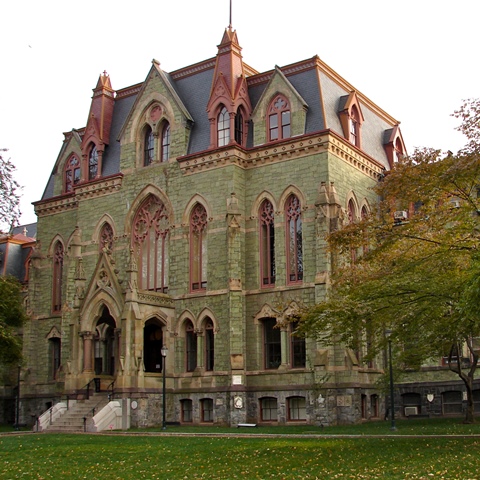
College Hall, the Penn Museum’s first home
It was founded in 1887 to house artifacts from the first American-led archeology expedition to the ancient Babylonia site of Nippur, the religious center of ancient Mesopotamia in modern-day Iraq. The Museum of Archaeology and Paleontology (as it was then known) first opened to the public in 1889 on the top floor of College Hall, an imposing Gothic style building of distinctive green-hued serpentine stone located at the very heart of the West Philadelphia campus.
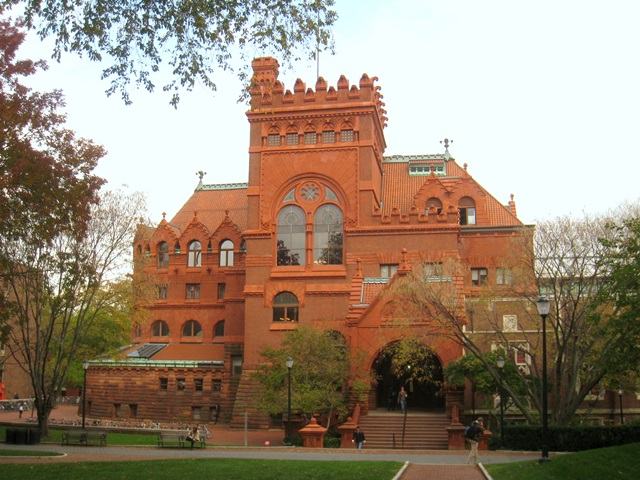
University of Pennsylvania’s Fisher Fine Arts Library
The museum was soon relocated to the newly dedicated (1891) University Library, a richly detailed, red brick, eclectic masterpiece designed by outstanding Philadelphia architect Frank Furness. The collection quickly outgrew that location as well and plans were made in 1896 for a new nine acre museum complex on land donated by the City, just across from Penn’s Franklin Field. The design for the new museum was the work of a team of three respected Philadelphia architectural firms whose principals were Penn faculty members. Wilson Eyre headed the team, joined by Cope & Stewardson and Frank Miles Day & Brother (who designed many other prominent buildings on Penn’s campus) as the new museum complex took shape from 1899 to 1929.
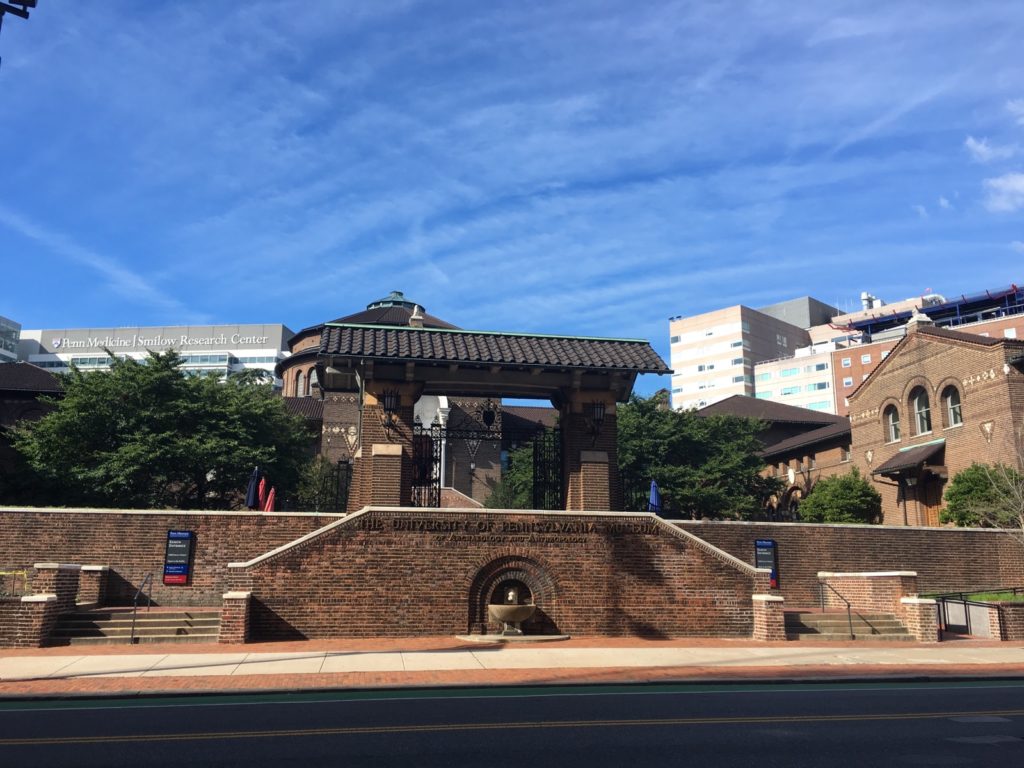
Penn Museum main entrance, 3260 South Street, Philadelphia
Eyre proposed a version of the Northern Italian Renaissance style with exotic international influences reflecting the many cultures represented in the museum’s collections. The original plan called for three rotundas, multiple wings, galleries, gardens and fountains with fine decorative details such as the glass mosaics by Tiffany & Company and sculptures by Alexander Stirling Calder. (Calder’s father designed the famous William Penn statue atop city hall.) Only four sections of the original plan were completed when the Great Depression brought construction to a temporary halt. After WWII, the museum rededicated itself to funding spectacular field projects and raising funds to construct additional wings to meet the institution’s needs. In 1971 an academic wing was added and in 2002 the Mainwaring collection storage and study wing was built.
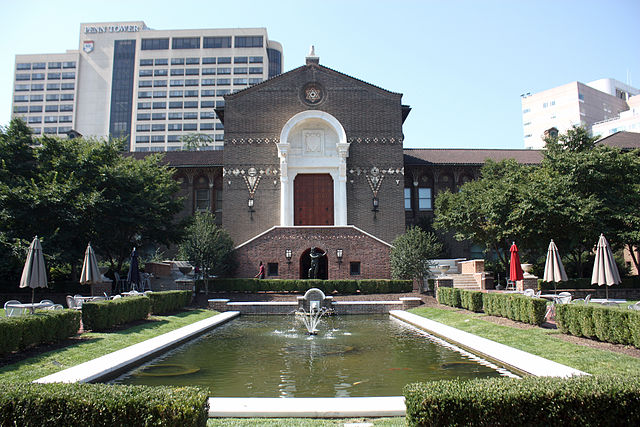
Daniel J. Kamen Entrance
Ever since its founding, the Penn Museum has sponsored archeological and anthropological research around the globe. To date over 300 research projects have been conducted throughout the world with resulting publications and artifact collections. Through its associated Penn Cultural Heritage Center, the Penn Museum remains committed to expanding scholarly and public awareness of the world’s rich and endangered cultural heritage.
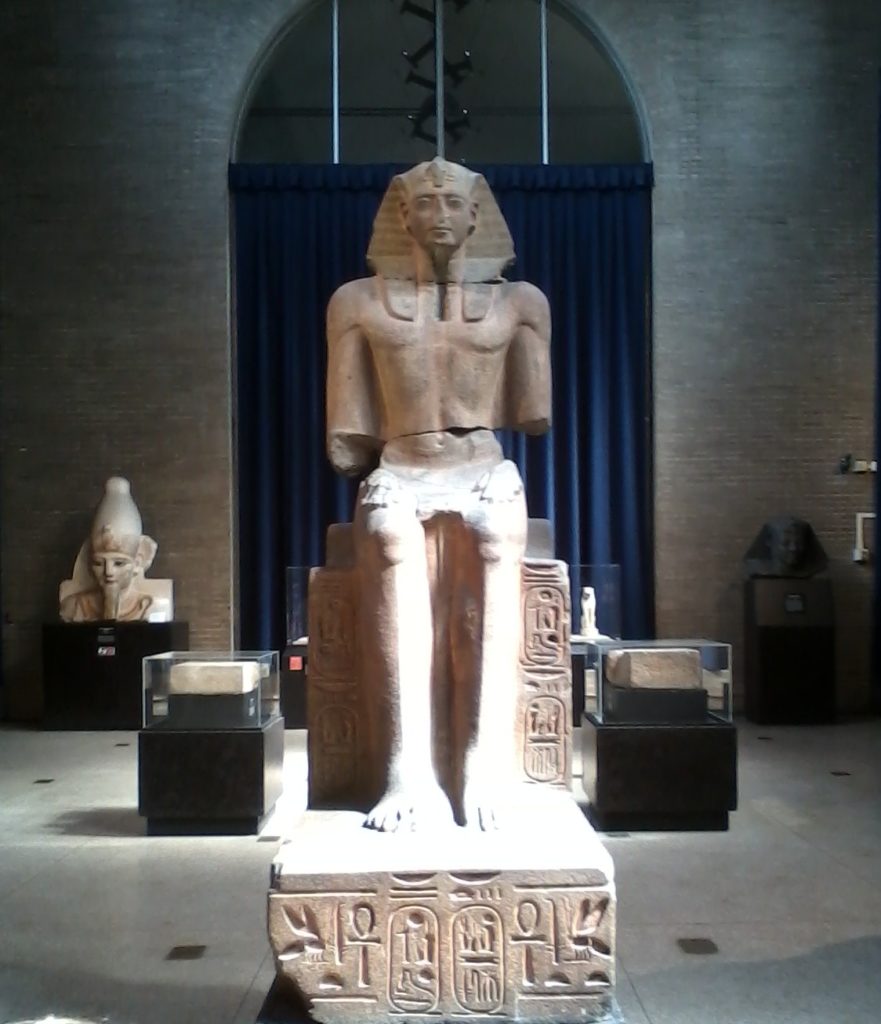
Seated statue of Ramesses II, Temple of Harsaphes, Late Middle Kingdom, Egypt

Section of Roman floor tile, first half of the 3rd century CD, perhaps from Utica, Tunisia
So, the next time you are in Philadelphia make a point of visiting the Penn Museum to see the incredible richness of its multi-cultural offerings. While it may be best known as home to the finest collection of Egyptian architectural treasures on display in the United States, its galleries are also filled with fascinating artifacts from throughout the world. Learn more about the peoples of North, South and Meso America, Africa, Italy, Greece, Jordan, Lebanon, Israel, Syria, Japan, China and Iraq in a beautiful architectural setting at the Penn Museum. The museum also hosts exciting short-term special exhibits like the current Golden Age of King Midas.
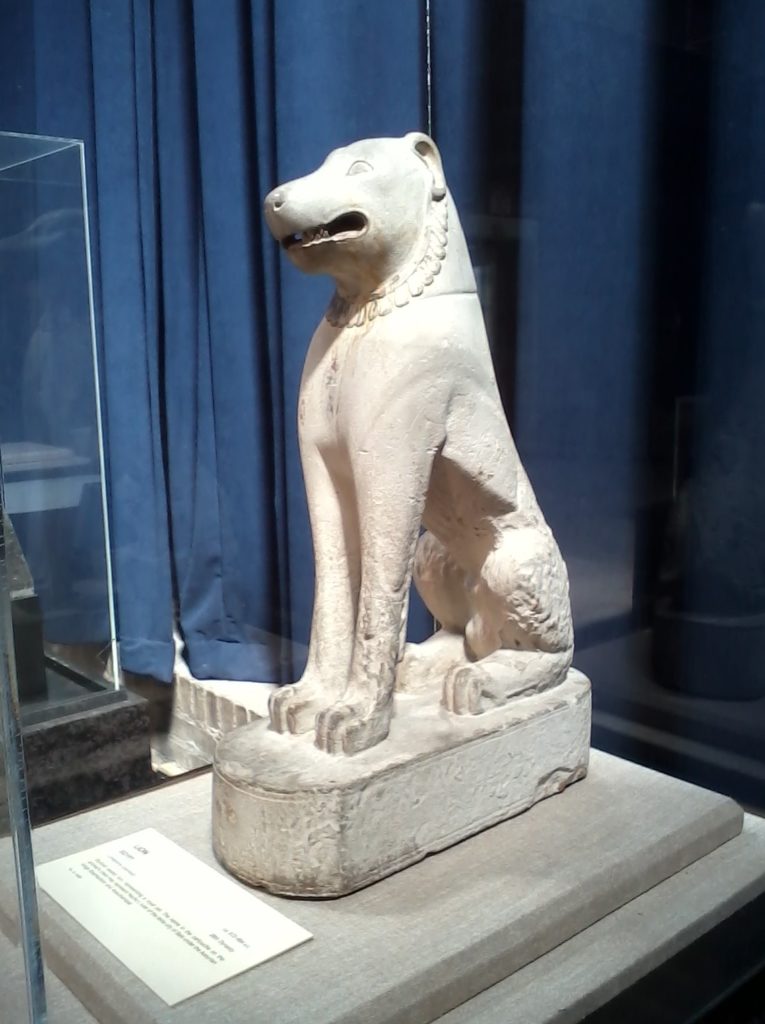
Dog statue, 672-664 BCE (Dynasty 26), Egypt
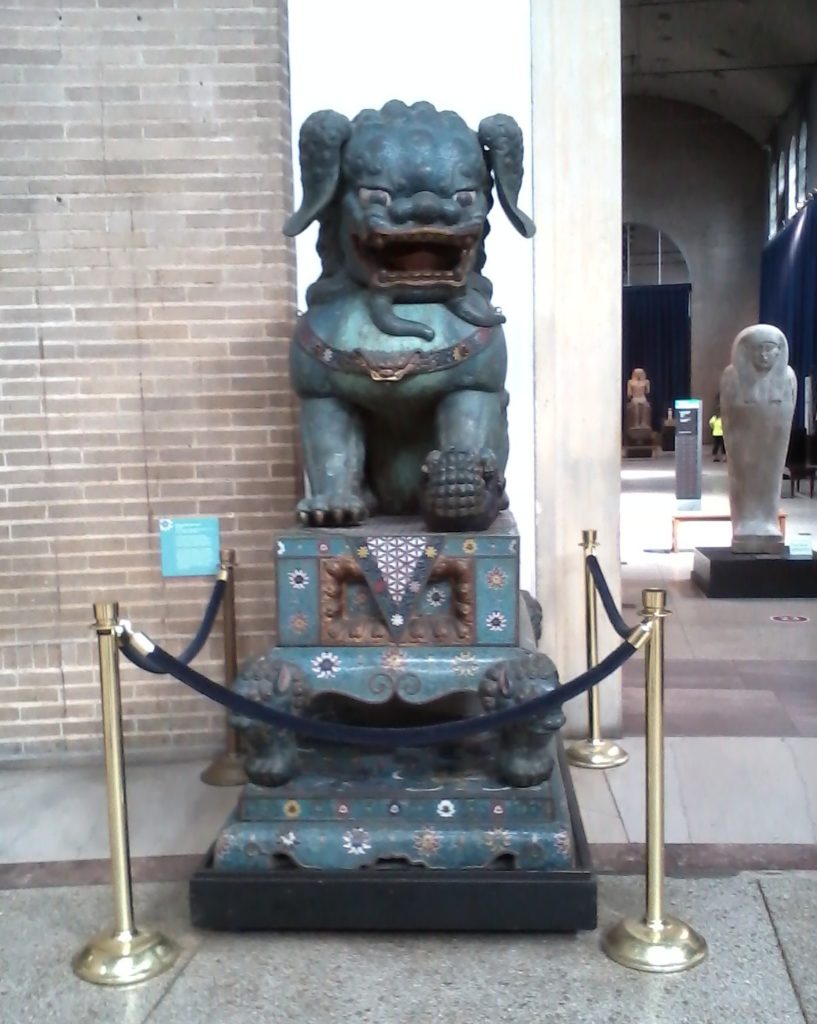
Lioness with cub stature, c. 17th century CE, (Qing Dynasty), perhaps from Beijing, China
All photos courtesy of the Penn Museum, Jillian Reilly and Pamela Reilly
Comment Policy
PHMC welcomes and encourages topic-related comments on this blog. PHMC reserves the right to remove comments that in PHMC’s discretion do not follow participation guidelines.
Commenters and Comments shall be related to the blog post topic and respectful of others who use this site.
Commenters and Comments shall not: use language that is offensive, inflammatory or provocative (this includes, but is not limited to, using profanity, obscene, or vulgar comments); disparage other commenters or people; condone illegal activity; identify the location of known or suspected archeological sites; post personal information in comments such as addresses, phone numbers, e-mail addresses or other contact details, which may relate to you or other individuals; impersonate or falsely claim to represent a person or an organization; make any commercial endorsement or promotion of any product, service or publication.
If you would like to comment on other topics not related to this blog post but related to PHMC, please fill out the PHMC Contact Us Form.
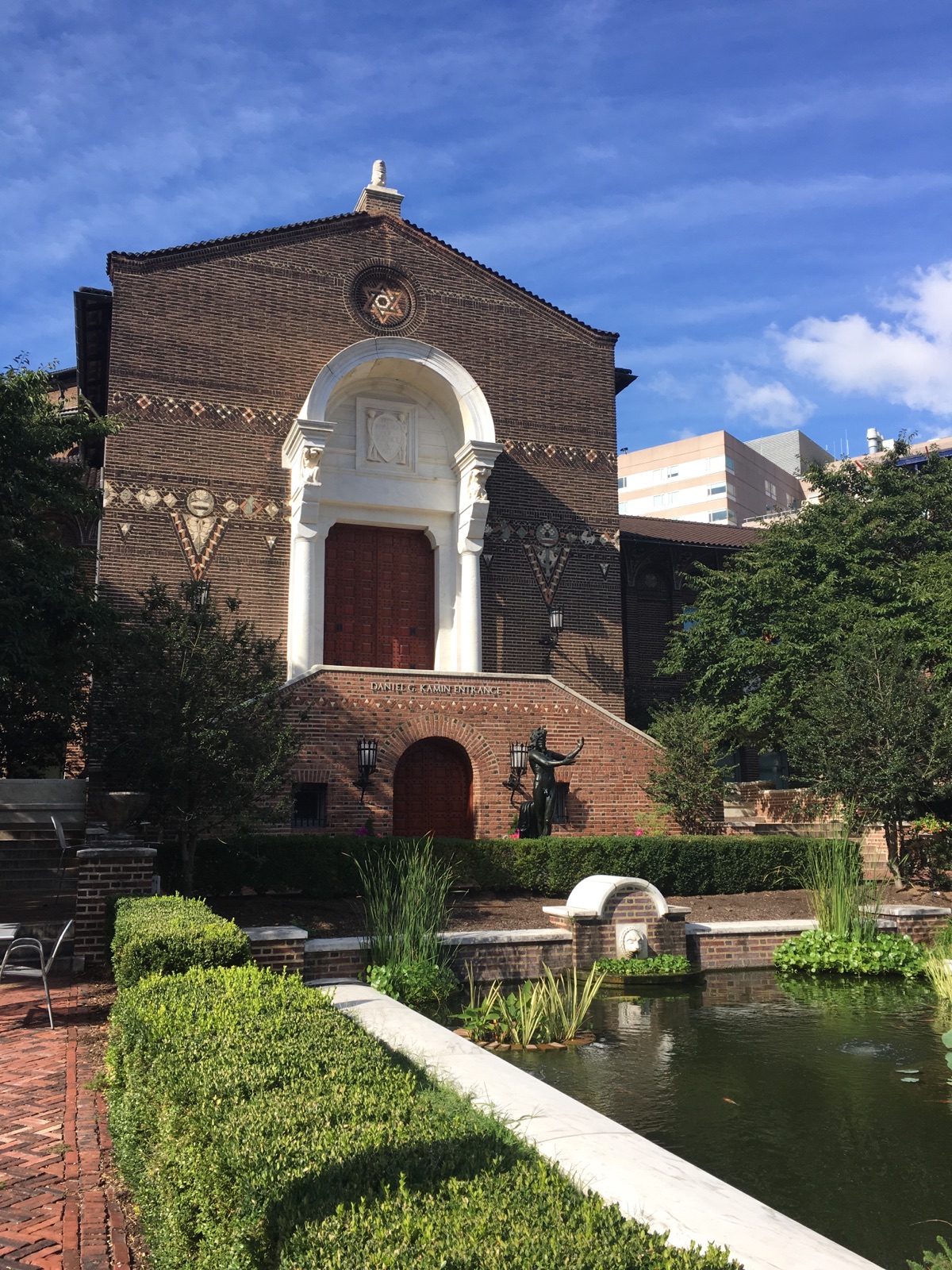
Leave a Reply